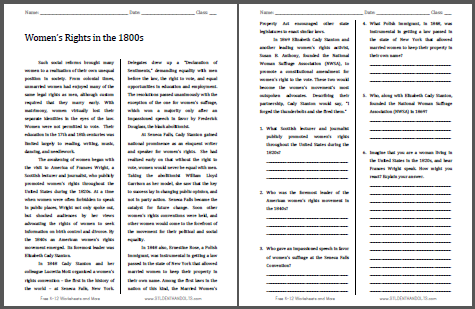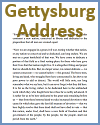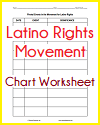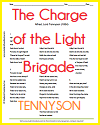| Women's Rights Reading with Questions |
|---|
| www.studenthandouts.com ↣ American History ↣ American History Readings with Questions |
 Such social reforms brought many women to a realization of their own unequal position in society. From colonial times, unmarried women had enjoyed many of the same legal rights as men, although custom required that they marry early. With matrimony, women virtually lost their separate identities in the eyes of the law. Women were not permitted to vote. Their education in the 17th and 18th centuries was limited largely to reading, writing, music, dancing, and needlework.
Such social reforms brought many women to a realization of their own unequal position in society. From colonial times, unmarried women had enjoyed many of the same legal rights as men, although custom required that they marry early. With matrimony, women virtually lost their separate identities in the eyes of the law. Women were not permitted to vote. Their education in the 17th and 18th centuries was limited largely to reading, writing, music, dancing, and needlework.The awakening of women began with the visit to America of Frances Wright, a Scottish lecturer and journalist, who publicly promoted women's rights throughout the United States during the 1820s. At a time when women were often forbidden to speak in public places, Wright not only spoke out, but shocked audiences by her views advocating the rights of women to seek information on birth control and divorce. By the 1840s an American women's rights movement emerged. Its foremost leader was Elizabeth Cady Stanton. In 1848 Cady Stanton and her colleague Lucretia Mott organized a women's rights convention—the first in the history of the world—at Seneca Falls, New York. Delegates drew up a "Declaration of Sentiments," demanding equality with men before the law, the right to vote, and equal opportunities in education and employment. The resolutions passed unanimously with the exception of the one for women's suffrage, which won a majority only after an impassioned speech in favor by Frederick Douglass, the black abolitionist. At Seneca Falls, Cady Stanton gained national prominence as an eloquent writer and speaker for women's rights. She had realized early on that without the right to vote, women would never be equal with men. Taking the abolitionist William Lloyd Garrison as her model, she saw that the key to success lay in changing public opinion, and not in party action. Seneca Falls became the catalyst for future change. Soon other women's rights conventions were held, and other women would come to the forefront of the movement for their political and social equality. In 1848 also, Ernestine Rose, a Polish immigrant, was instrumental in getting a law passed in the state of New York that allowed married women to keep their property in their own name. Among the first laws in the nation of this kind, the Married Women's Property Act encouraged other state legislatures to enact similar laws. In 1869 Elizabeth Cady Stanton and another leading women's rights activist, Susan B. Anthony, founded the National Woman Suffrage Association (N.W.S.A.), to promote a constitutional amendment for women's right to the vote. These two would become the women's movement's most outspoken advocates. Describing their partnership, Cady Stanton would say, "I forged the thunderbolts and she fired them." Answer Key: (1) Frances Wright; (2) Elizabeth Cady Stanton; (3) Frederick Douglass; (4) Ernestine Rose; (5) Susan B. Anthony; (6) Answers will vary. Click here to print. |
 |  |  |  |  |
| www.studenthandouts.com ↣ American History ↣ American History Readings with Questions |








